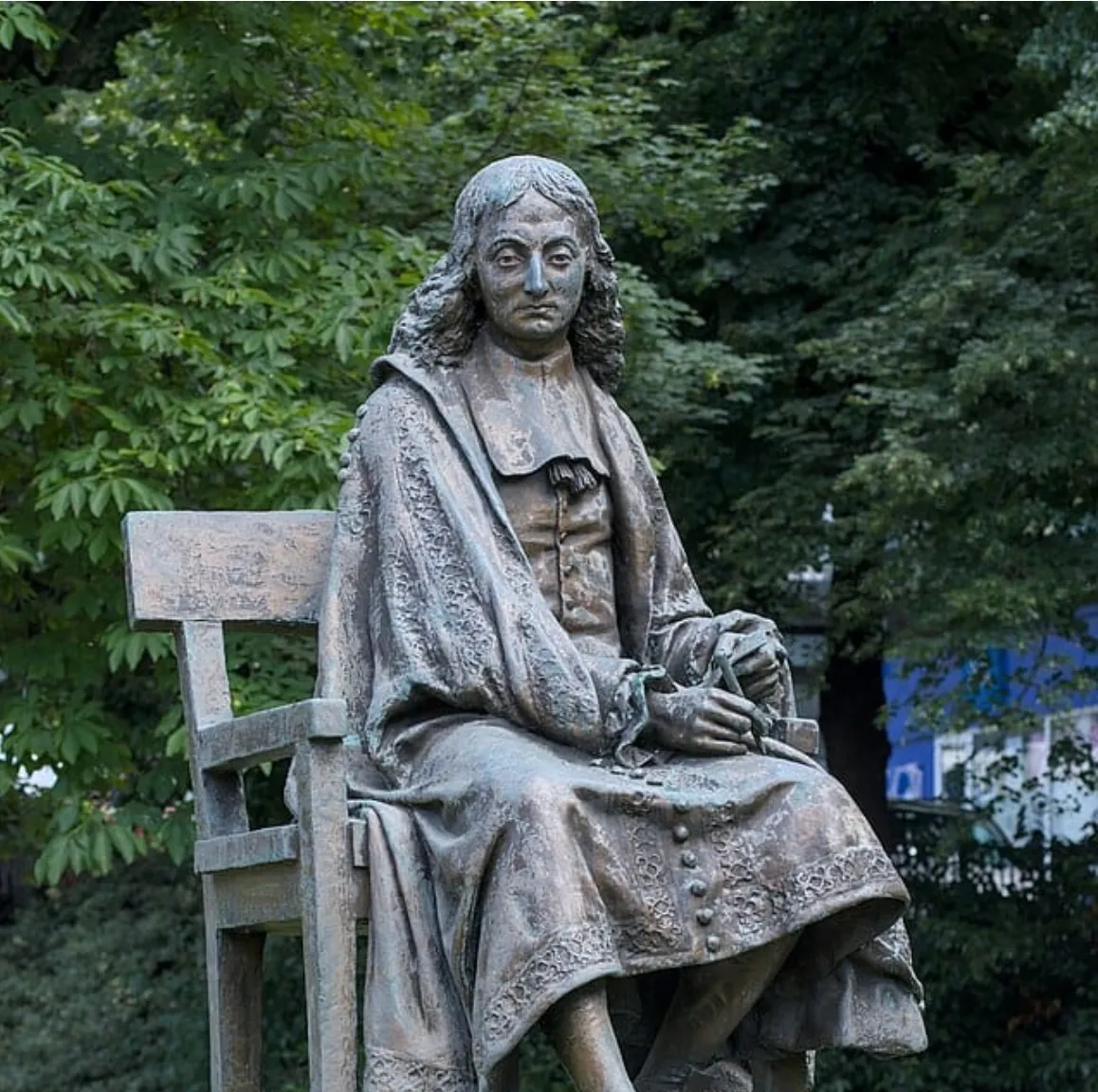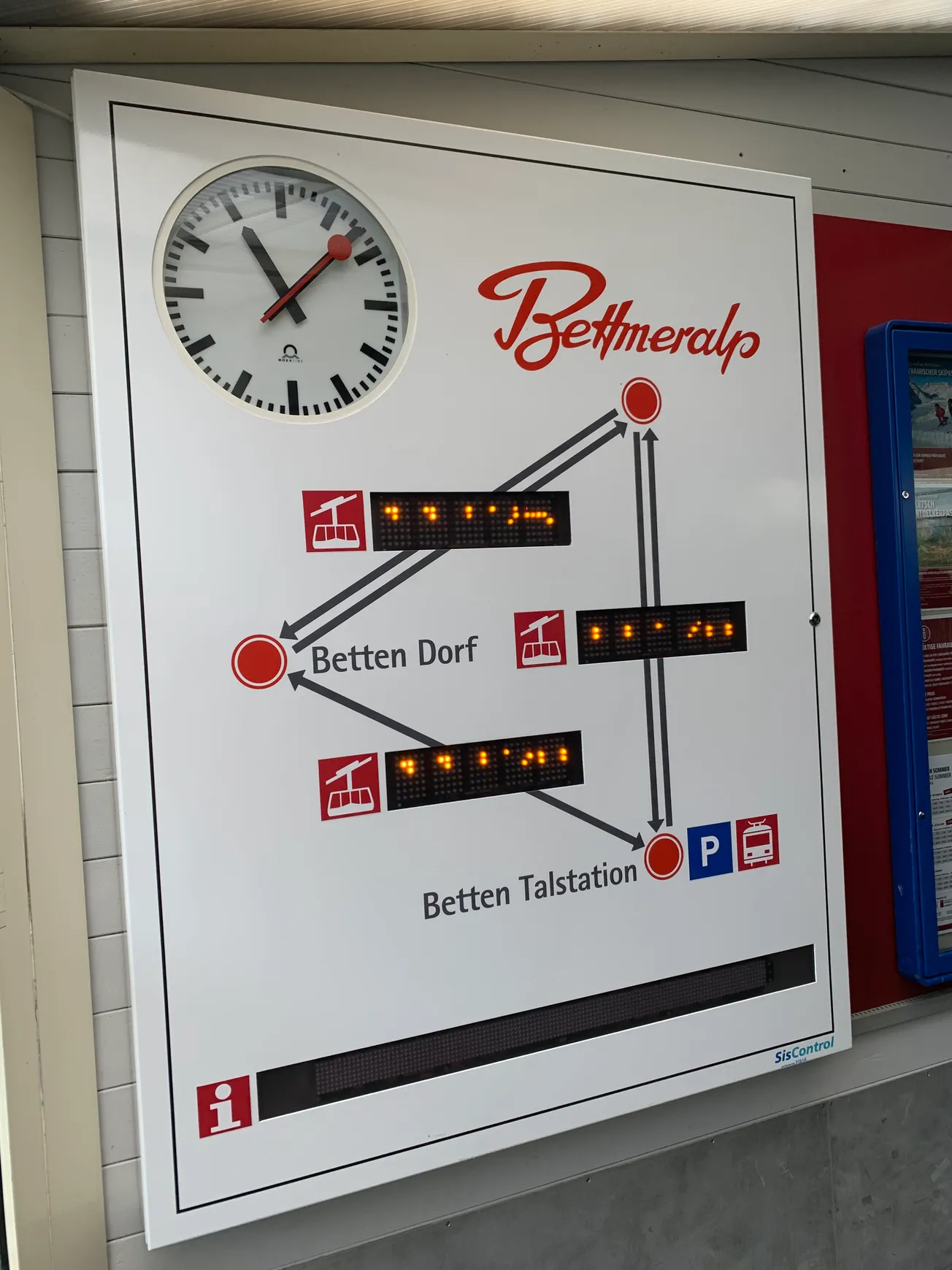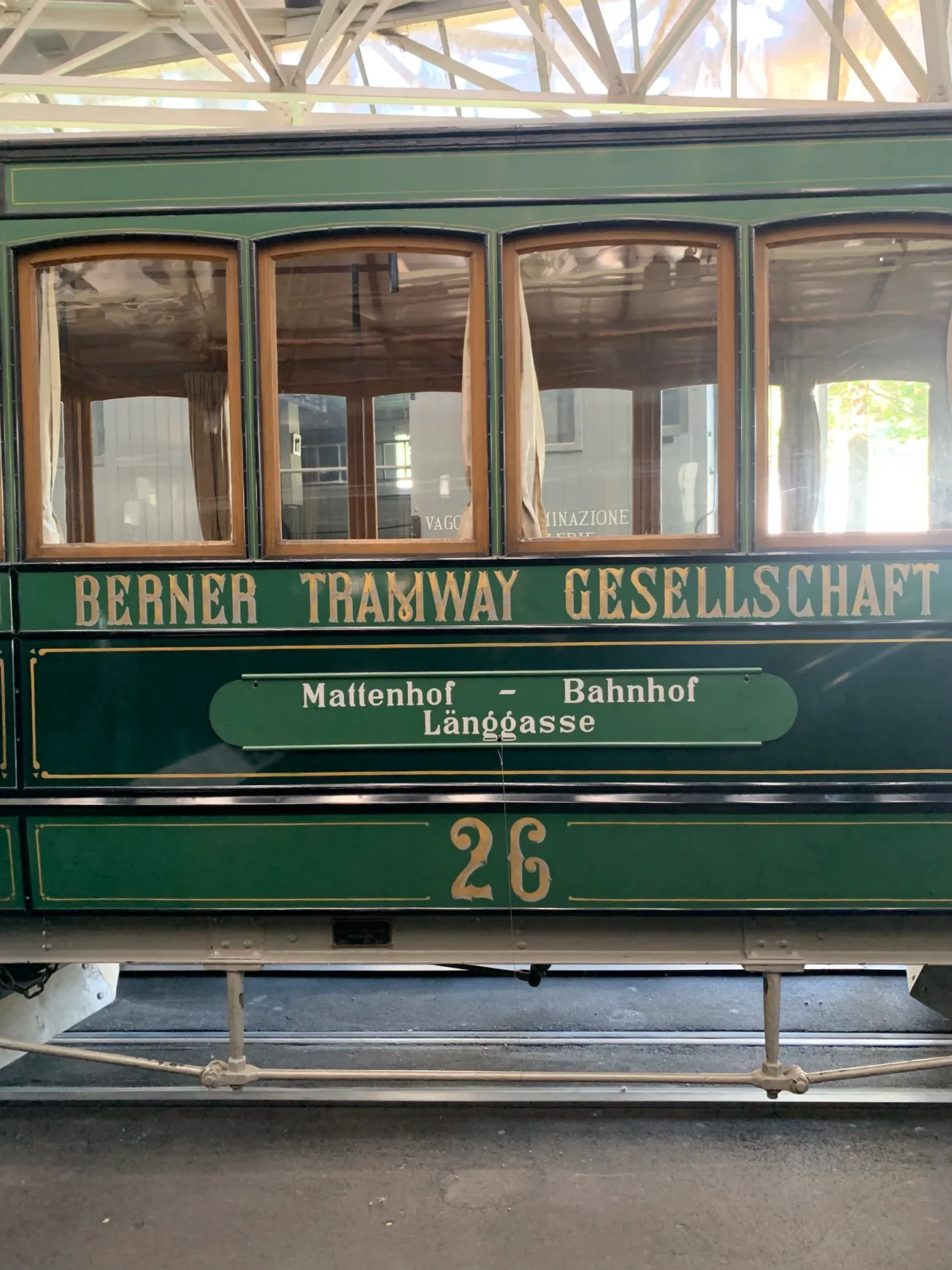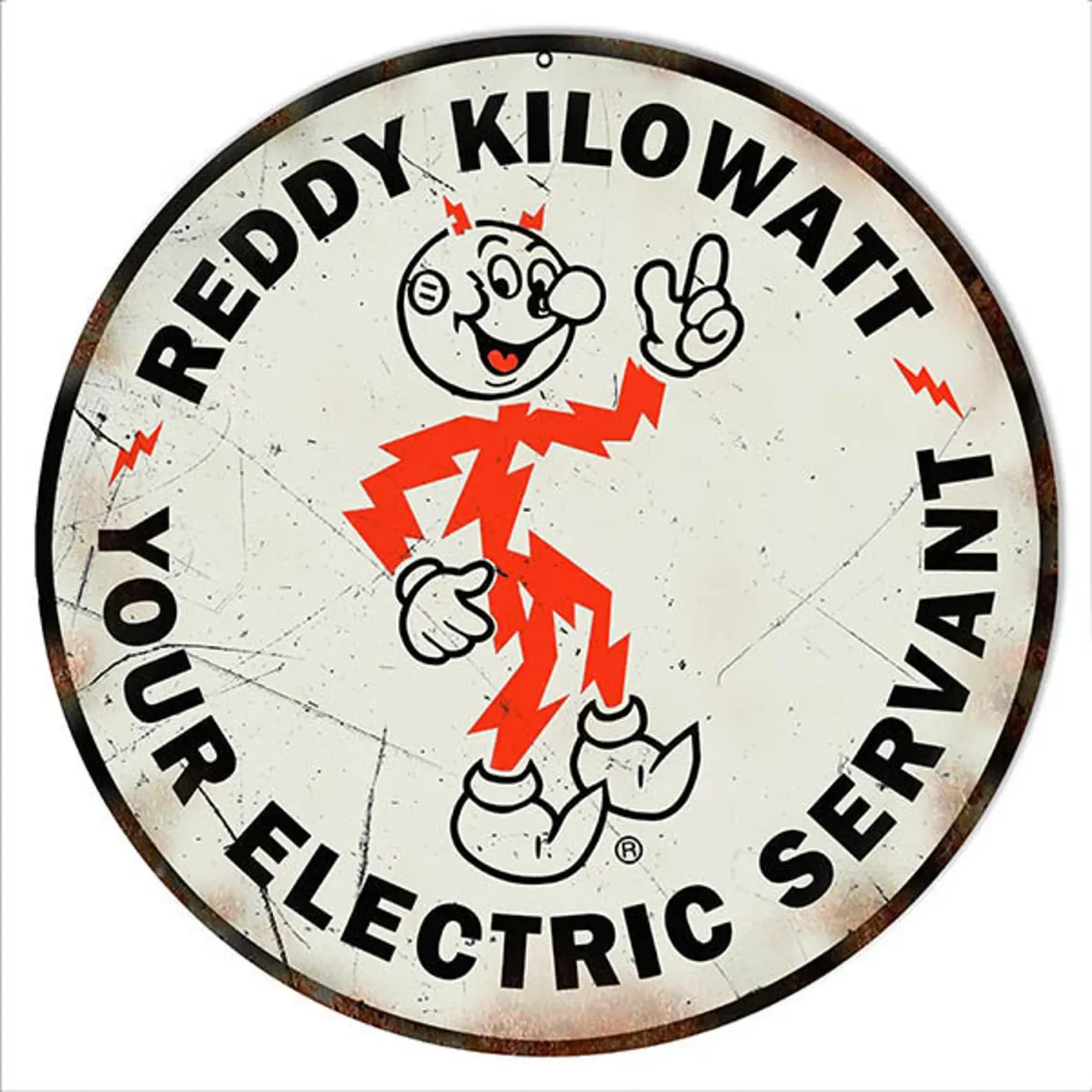Table of Contents
A Straphanger's Journey from Turin to Trieste
I’m travelling in northern Italy this month. (On assignment, mostly: the travel writing market is returning after the pandemic-induced hiatus, albeit haltingly.) I’m one of those travellers who takes a photo of every train he boards, and often pays more attention to trams and funiculars than to pediments and cupolas. But that’s why many of you are here, I think: you’re interested in transit, passenger rail, and bicycles—and ways of getting around the world without getting into a car.
Now, nobody has ever deemed Italy a paragon of public transportation. If anything, the Italians I know tell me transit is pretty dysfunctional here. Try getting around Rome, they say—che casino! (What a mess!) And in the south, there are no metro systems, just buses, which can be pretty unreliable. Now clearly, Italy is no Switzerland or Japan, where trains run everywhere, and like clockwork. But I tell them you have to understand where I’m coming from: North America, which, outside a few big cities, remains the Empire of the Automobile. Getting around Italy carfree isn’t without its problems, but compared to Canada and the United States, it’s a cakewalk. (Una passeggiata di torta? No…maybe un gioco da ragazzi works better.)
To leave Canada, I took the metro and a bus ride to Montreal’s airport; most of the trip was through rush hour traffic on the highway. (A taxi would have cost $60 Canadian, or $45 US.) Arriving in Milan after an overnight flight, I looked for, and found, a train right in the terminal: the Malpensa Express. I bought a ticket for €13, about $14 US, and rode an escalator down to the platform. Malpensa Airport is over 40 km from the city center, and the train—which was direct, but not high-speed—got me to Milano Centrale in 51 minutes.

This is one of Italy’s great railway stations, a soaring Mussolini-era concoction of stone and marble, festooned with winged horses and modernist tilework of nymphs on streamlined trains. A little overwhelming, in fact, especially after a sleepless night in economy, so I wheeled my suitcase to my hotel, about 15 minutes away, and had a nap.

I’ve passed through Milan a couple of times in my travels, but never really lingered there. I decided to stroll down to the Piazza del Duomo. One of the first things my wondering, jet-lagged eyes saw was a yellow tram, of a design that would have been up-to-date in F. Scott Fitzgerald’s heyday, juddering down a busy street. And, almost immediately, another one, this one a longer articulated version, going in the other direction. A little farther along, I saw a modern, low-floor tram running along a grassy right-of-way on the northern edge of the park that is home to the city’s natural history museum and its planetarium. By the time I got to the Piazza del Duomo, the heart of the city, passing by La Scala and the gorgeous cruciform Galleria Vittorio Emanuele II (all shopping malls should like this!) I’d seen dozens, if not hundreds of trams.

It turns out Milan rivals with Madrid for having the largest tram network in western Europe. (For track mileage, it’s 5th in the world, after Melbourne and Russian cities.) Oddly enough, I’d ridden one of these trams before, on the Embarcadero—endearingly, San Francisco runs vintage trams on several routes, including the distinctive PCC cars, my personal favorites. The Milan trams, known as “Type 1928,” turn out to be are based on Peter Witt streetcars which were originally manufactured in Cleveland. After buying a couple of tickets in a Tabaccheria (€2.20 each), I boarded an articulated No. 2 tram on the Via Torino.
I’ve ridden legacy urban rail systems in the U.S., including San Francisco’s cable cars, and New Orleans’s streetcars. They were great, but I was surrounded by tourists. The cool thing about Milan’s trams—the same goes for Lisbon’s—is that you’re actually surrounded by citizens going about their everyday lives. There is something bewitchingly anachronistic about being on these rattling, ringing, concoctions of glass, steel, and wood, based on century-plus-old designs. It’s as close to time-travelling back to the Belle Époque as you can get—and there’s nothing contrived or precious about the experience. The trams of Milan are real, heavy-hauling transit vehicles. There are 17 lines in the city, and 180 kilometers of track; the system is highly centralized, with about half of the routes passing close to the Piazza del Duomo. That they’ve kept them running, and running smoothly, is something of a miracle. (One criticism is that they are inaccessible to people with disabilities; that said, Milan also has quite a few modern, low-floor trams as well.)
Milan also has a metro, and it is a good one, with more lines than Rome or Naples. Compared to London or Paris, it’s not particularly old: the first line started running in 1964, which makes the system about the same age as Montreal or Toronto’s. There are five lines, with 119 stations. I took a few rides, and the system struck me as being a true metropolitan, in the sense that the stations were closely spaced. (The original “métroplitain,” the Paris one, linked the terminuses of railway lines, and stations were rarely more than 500 metres apart.) A comfortable experience, too: the platforms weren’t very deep (clearly built by the cut-and-cover method rather than Moscow metro style deep tunnelling), so you weren’t riding endless escalators, and the wagons were relatively wide, and air-conditioned.

I’ll leave you with a small marvel I stumbled upon. The name of Milan’s transit operator, which was “Edison” until 1917, is now ATM. (When I saw this on a metro entrance, I thought they were talking about a cash distributor—but of course, in Italy, that’s a “Bancomat.”) Strolling near the Parco Sempione in the evening, I saw a vintage tram with a green livery and the word ATMosfera painted on the side. I followed it to a stop, where I saw well-dressed couples boarding, and sitting down at tables covered with white tablecloths inside. It turns out the ATMosfera is a dinner-tram: in the evenings, and on Sundays, guests are taken for a leisurely ride around the city, while being served a multi-course meal.

Transit and good food. Milan is clearly a city after my own heart. Next time I’m here, I’m definitely going to book a streetcar-supper.
Alas, I already have to think about moving on. Watch out for my next dispatch, in which I’ll tell you about my high-speed train experiences, as my travels in northern Italy begin in earnest.
And…happy Festa della Repubblica!









